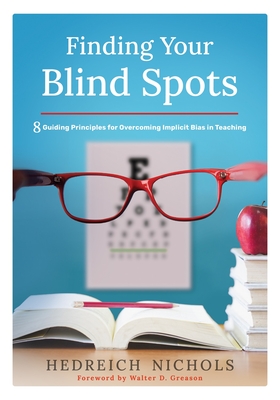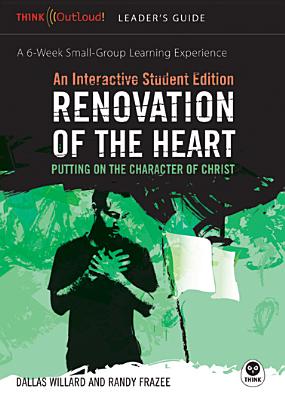
Nichols, Hedreich
product information
description
tionships, and establish a more inclusive school community. In her direct yet conversational style, Hedreich Nichols examines discriminatory classroom practices and offers strategies for eliminating them. You'll acquire the knowledge and skills to identify biases that adversely affect your practice and learn how to move beyond those biases to ensure a more equitable, inclusive campus culture.
- Recognize your own personal biases and how they affect the classroom.
- Learn how your language can reinforce discrimination and how to choose inclusive language instead.
- Understand gender and sexuality and how they relate to identity.
- Discover ways to celebrate and foster diversity daily.
- Identify microaggressions and how they create barriers to relationships.
Contents:
Foreword
Introduction
Chapter 1: Bias and Belonging
Chapter 2: Bias, Guilt, and Accountability
Chapter 3: Bias, Language, and Labels
Chapter 4: Bias in Curriculum
Chapter 5: Bias and Cultural Expression
Chapter 6: Bias and Gender Equality
Chapter 7: Bias and Representation
Chapter 8: Bias in Action--What Not to Do and Say
Conclusion
References and Resources
Index
member goods
No member items were found under this heading.
Return Policy
All sales are final
Shipping
No special shipping considerations available.
Shipping fees determined at checkout.







